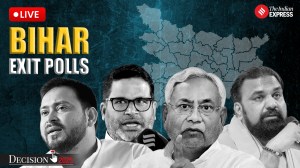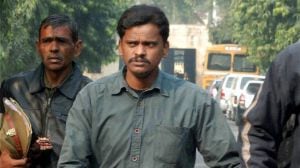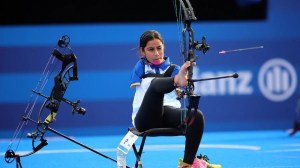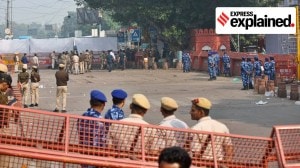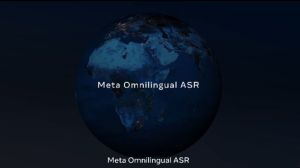Democracy needs the apathetic people
Voter turnout this primary season has been setting records. With interest so high, some analysts are predicting another...

Voter turnout this primary season has been setting records. With interest so high, some analysts are predicting another blockbuster general election in November. But can American democracy survive all this heightened interest in the political process?
Half a century ago, political scientist Paul Lazarsfeld became one of the first scholars to document the link between political participation and partisanship. He discovered that partisans voted more regularly and with greater enthusiasm than those who resided in the ideological middle. Although most experts then and now agree that high voter participation is generally a good thing, Lazarsfeld observed that partisan-driven turnout also has its dark side.
“Extreme interest goes with extreme partisanship,” he wrote in 1954, “and might culminate in rigid fanaticism that could destroy the democratic processes if generalised throughout the community.” Therefore, he concluded that a “lack of interest by some people is not without its benefits too.”
In other words, a healthy democracy needs the uncommitted middle, the fence straddlers and the apathetic as much as it the firebrand activists. Indeed, in a nation so torn by the passions of partisans, it is those of us who aren’t all that enamoured of either side who give politicians the room to compromise, which is the art that politics is supposed to be all about.
But these days, sceptics and the uncommitted are becoming few and far between. The number of voters in the middle has become smaller and smaller, and hence there are fewer people willing to hear what both sides have to say. In the 1980s, maybe 25 per cent of voters could be persuaded to vote for either major party. According to one estimate, that number may have dwindled to less than 10 per cent today. The squeezing out of moderates in the electorate has since led to the decline in the number of moderates (and by that, I mean members willing to work with the other party and maybe even vote with it occasionally) in the House of Representatives, where they held 37 per cent of the seats in the mid-1970s but only 8 per cent in 2005.
Some have blamed the rise of right-wing media for the polarisation of America. Others point to the gerrymandered, hyper-partisan districts that House members now draw each decade to protect their incumbency. But according to journalist Bill Bishop, who just published The Big Sort: Why the Clustering of Like-Minded America Is Tearing Us Apart, there’s something much more profound going on. Given all the media choices they have, Americans are increasingly segregating into ‘gated’ communications communities, choosing to read and hear only the things that bolster their worldview. More important, Bishop (along with sociologist and statistician Robert G. Cushing) found that Americans over the last 30 years also are literally, physically segregating themselves by ideology — they have begun to migrate to certain cities, counties and neighbourhoods so they can spend their daily lives around people who live and think just like they do. This self-selected migration might not be consciously political, but it has real-life political consequences, the worst of which is an ideological inbreeding that is creating a dangerous distance between Americans who hold opposing worldviews.
As many of the 10 million Americans who move from one county to another each year chose to live in narrowly defined ‘communities of interest,’ the nation’s counties became more politically segregated and increasingly less politically competitive. In 1976, only 38 per cent of counties had a partisan spread larger than 20 percentage points; in 2004’s astonishingly close election, more than 60 per cent of US counties saw landslides.
And homogeneity breeds more homogeneity. Political minorities in landslide counties tend to vote less and even withdraw from other forms of civic life, while political majorities vote more. In any given lopsided locale, the triumphant majority opinion hardens — the blues become bluer and the reds redder — and cross-party communication stops. And when communication stops, each side begins to view the other as more extreme. According to one study, fewer than 25 per cent of Americans have regular discussions with people they disagree with politically. The more educated Americans become, the greater the distance.
What this all means, Bishop argues, is that as Americans separate themselves into ever-narrower communities, our votes are becoming “more of an affirmation of the group than an expression of a civic opinion.” Once upon a time, politicians were expected to reconcile society’s opposing interests. Today, our little groups expect them simply to carry our water. For all our vaunted belief in individualism and democratic ideals, we are no longer adhering to either. We have reorganised our country into a confederation of little reservations, and together we vote, arm in arm, with members of our little tribes.



- 01
- 02
- 03
- 04
- 05








